
Beaver – DiscoGram
this blog is GROOVY – check out great Soul, Funk, Jazz, Hip Hop, Bass, Breaks , Reggae, House n many more TUNES
Disco: a genre that boogied its way into our hearts and feet in the 1970s, leaving behind a legacy that’s still dancing today! But let’s not forget about disco edits, those funky reworks of classic tracks that keep the groove alive. So, grab your platform shoes and let’s dive into this colorful history packed with rhythm, laughter, and some groovy fun facts!
Disco emerged from the nightlife scene of cities like New York in the early 1970s. Influenced by funk, soul, and even rock music, it transformed dance floors into pulsating party zones. DJs became pivotal figures; they mixed beats all night long for dancers hungry for that euphoric feeling.
Now here comes the twist—disco wasn’t just about what was on record; it was also about how to make those records feel fresh again!
So what exactly are disco edits? In simple terms: these are alternative versions or remixes of original disco tracks. DJs would create longer intros or alter arrangements to keep folks on their feet without losing momentum on the dance floor.
The roots can be traced back to famous DJs like David Mancuso, who played extended sets at his iconic Loft parties. His knack for seamless transitions inspired many others to push boundaries within existing tracks.
Then there were creative geniuses like Walter Gibbons who took mixing to levels unseen before! Known as one of the first remix pioneers, he worked magic on classics like “Love is the Message” by MFSB. His approach focused more on crafting engaging experiences rather than mere repetitions – talk about laying down some sick grooves!
By the late ‘70s and early ‘80s, as rock took up more space in popular culture (thanks a lot disco sucks movement), editing songs became a tool for survival among disco artists! Instead of letting their jams collect dust in forgotten crates, they got smart! They found new life through clever edits.
As production technology evolved so did creativity; producers began experimenting with samples while preserving that delicious essence from earlier tunes—cue drum machines and synthesizers swooping onto scenes faster than you can say “Boogie Wonderland!”
Fast forward to present-day DJ legends taking influence from retro vibes but adding personal flair through modern techniques—the result? A vibrant edit culture where thousands are released every year! Many underground labels pop up bringing fresh takes alongside vinyl spins that’ll blow your mind away!
Let’s take a moment here…did you know there exists something called “bootleg” mixes? Yep! Creatively crafted mashups using snippets from multiple sources harkening back fond memories while blending them together—it’s basically musical potpourri at its finest!
Tom Moulton, often hailed as Godfather Of Remixing (and rightly so!), helped develop what we now consider standard features found within an edit —like extending instrumental breaks.
Ever heard about Giorgio Moroder? This Italian-American legend produced hits such as Donna Summer’s “I Feel Love.” Did you know he once claimed he’d never use guitars because “they’re too noisy”? Well…excuse us if we want our disco dreams accompanied by some serious strings!
How many musicians do you think spun records under assumed names? Meet DJ Sneak, known for his house beats but initially rocked out under aliases such as “Mr.K” —you think he’d turn his head if someone shouted that name today?!
And then there’s good ol’ Nile Rodgers whose joyful energy could light up any dancefloor —rumor has it this mighty Chic bandleader sometimes credits his famous riffs directly toward “divine intervention!” Can I get an amen?!
Let’s not forget why everyone wanted Saturday Night Fever merchandise – part soundtrack/part cultural phenomenon featuring everyone strutting around looking fly wearing polyester suits…and well no one wanted those sweaty shirts after all-night raves either—phew!
Today we see both established artists putting out official edits along with bedroom producers uploading their creations straight onto SoundCloud or Bandcamp—a true democratization for anyone craving funky rhythms at home parties or club nights alike.
And guess what?
Some popular contemporary acts have openly stated how much they’ve been influenced by these timeless tunes which only adds fuel-to-the-fire when showcasing some killer grooves month after month—and honestly folks really don’t mind paying homage back through 35-minute mix tapes set against tropical sunsets… because hey – #DanceItOutRight?
In our own homes across cultures worldwide catches factions embracing breakbeat/discopolis sounds continue marching forth fueled mainly thanks authentic vibes created generations ago yet forever cherished now mingling effortlessly alongside newer trends playing brilliantly during sunset shindigs everywhere today… guaranteed smiles abound per beat drop baby!!
So whether you’re busting moves at midnight discotheques or just chilling poolside listening while sipping cocktails—you’re keeping that disco spirit alive whenever playin’ around those sweet delightful cuts filled with love–these edits prove good music knows no bounds… now hit repeat & let’s groove till dawn!

Beaver – DiscoGram
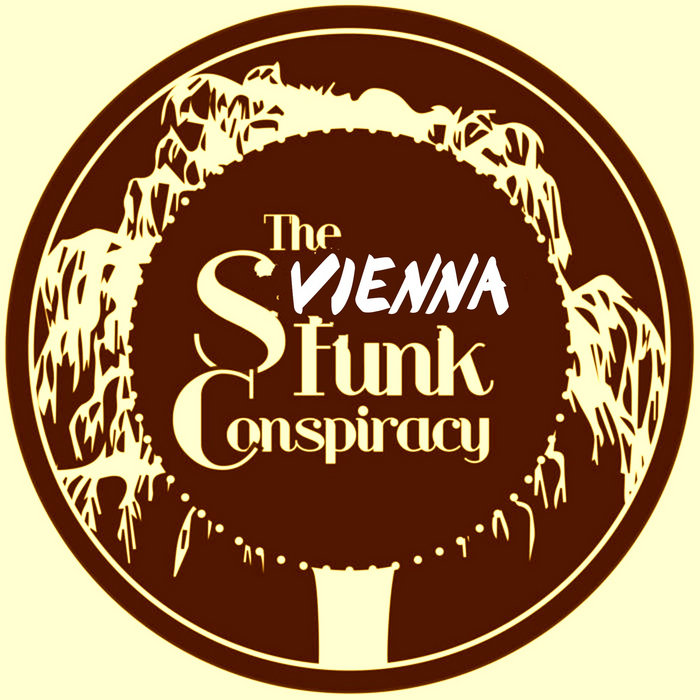
TREALGRANDFLOPY – funk is mei leben (Original Mix) – TREALGRANDFLOPY
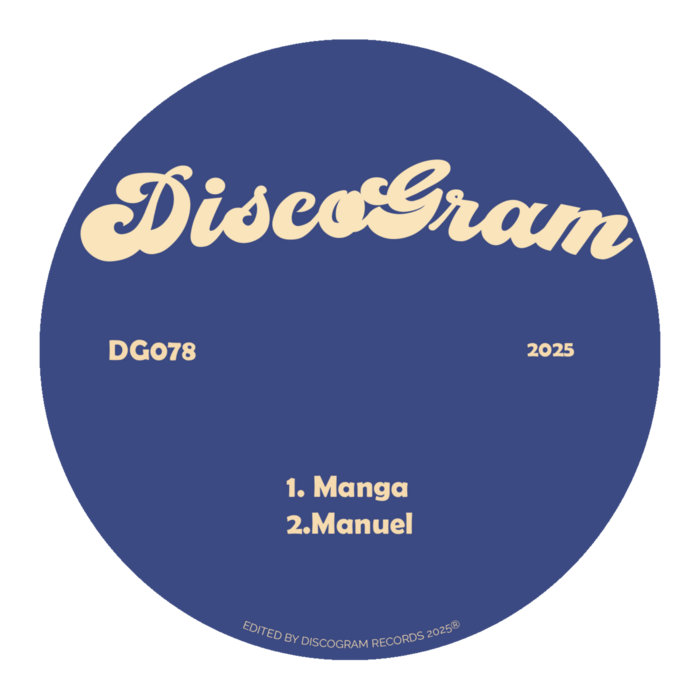
Manga – DiscoGram
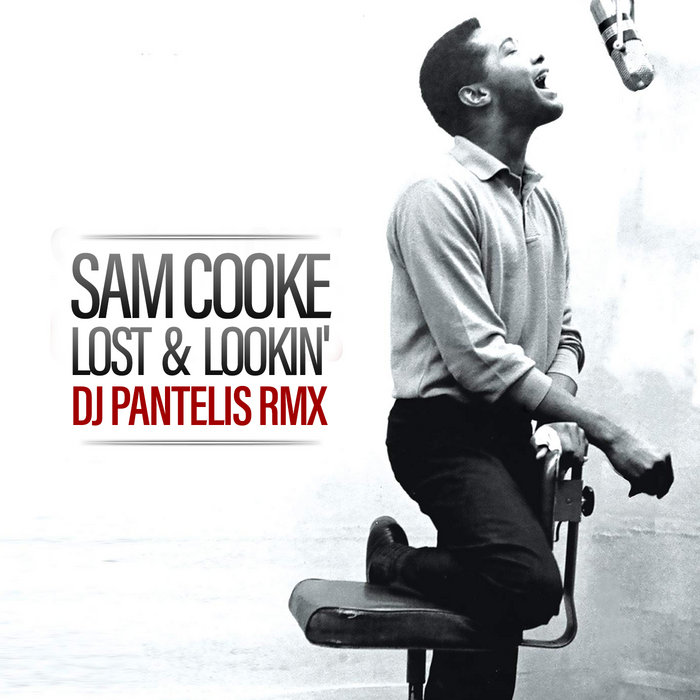
Sam Cooke – Lost And Lookin' (DJ Pantelis Remix) – DJ PANTELIS
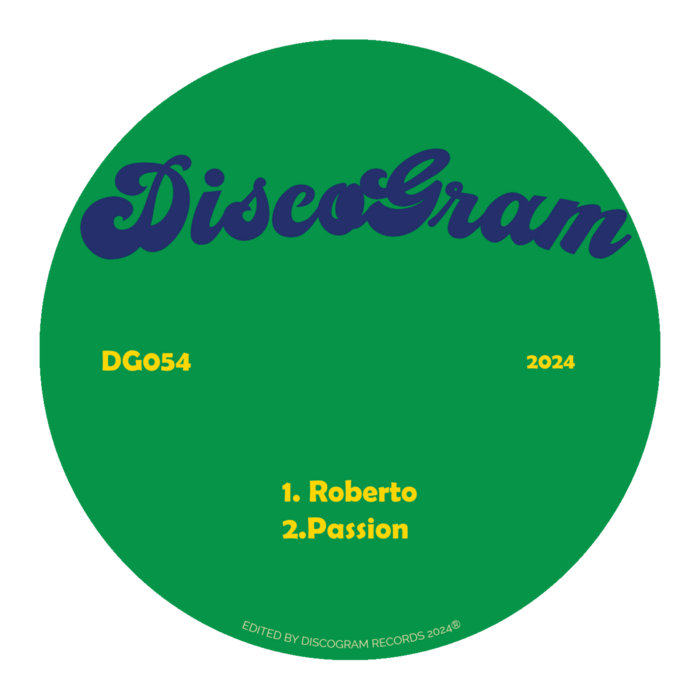
Roberto – DiscoGram

DG051 – DiscoGram

The Breaks – DiscoGram
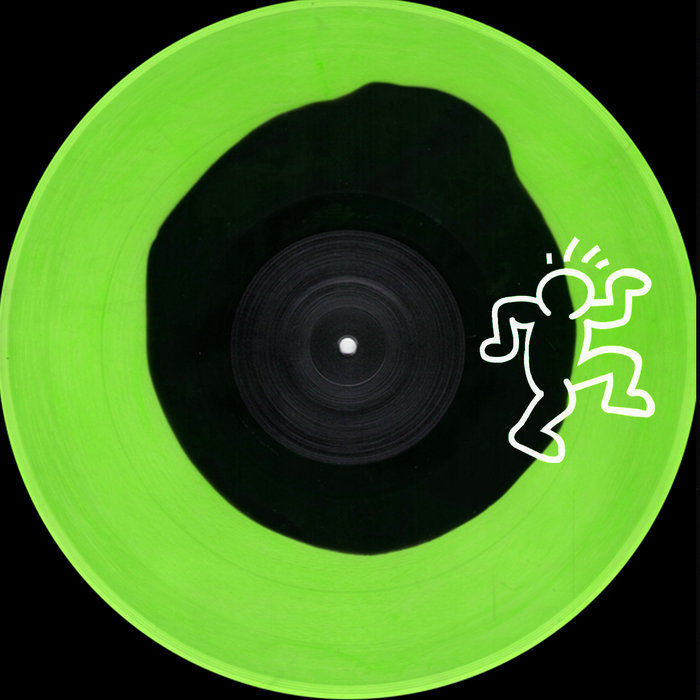
Get To This – Never Dull
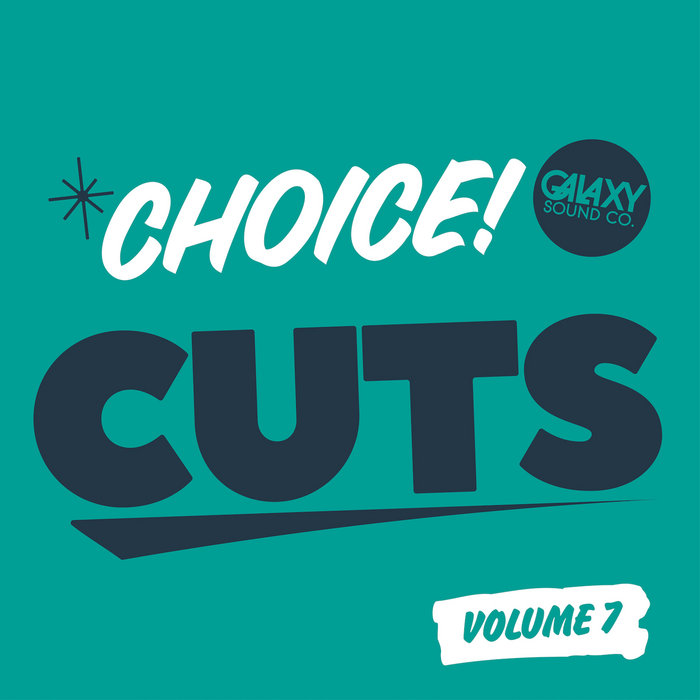
Super – Super – Strut – Various

Quarteto Em Cy – Tudo Que Voce Podia Ser (Never Dull's Supergroove Edit) – Never Dull